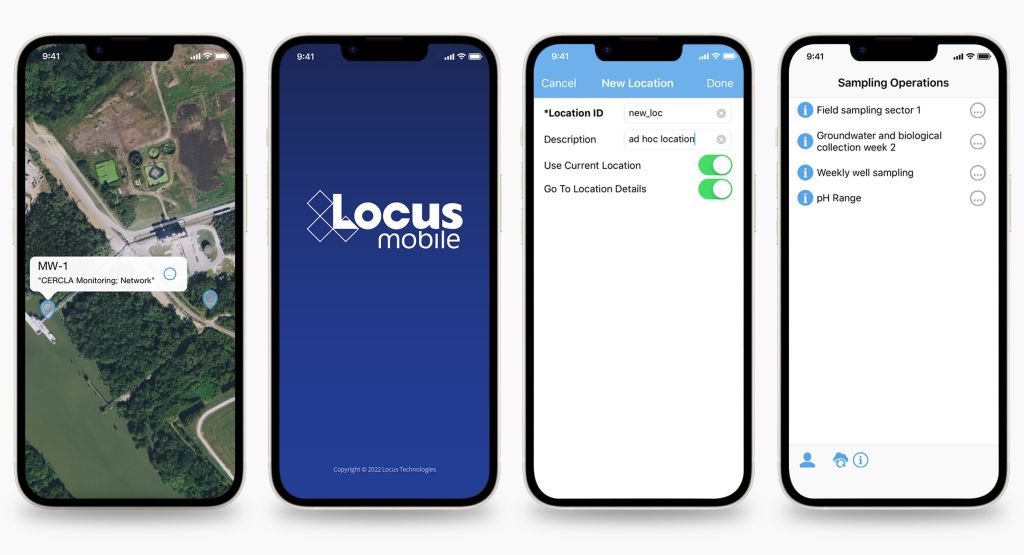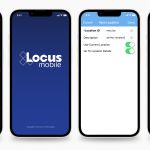6 Must-Haves for Upgraded Mobile Tracking Apps
Water and wastewater operation and maintenance (O&M) mobile tracking apps have existed for some time now. Users are now familiar with the benefits of these apps such as instant data collection and access to reference information for better, more reliable O&M monitoring. As technology progresses and makes improvements your current application might seem outdated. Upgrading to a custom application with excellent customer support is easy with Locus Technologies. Below we have compiled some of our “must-haves” when looking for an upgraded application.
Unique and Custom Forms:
For many O&M programs, you may have your own data collection needs that are specific to your facility or industry. Mobile O&M apps now allow you to tailor your input forms to add new data fields, remove unwanted fields, change some of the logic like making certain fields required, and make certain fields tied into established pick lists. Even better, you can match the mobile form to the original paper form, making the transition to mobile simple and intuitive for staff. The more the merrier, as modern mobile apps let you have multiple forms on the same app, so you have everything you need in one place.
Real-time entry validation:
It is not enough to just enter your O&M information into a mobile device. You also want to make sure you are entering the correct data. Current O&M mobile tools can check your entry as you enter it and validate it against whatever criteria are established for that data. For example, make sure that you are entering a pH reading of 7.2, rather than 72. You can also use configurable pick lists to limit data entry to your specific desired entries and not have to correct misspellings or 16 different ways to say, “out of service”. Make sure that pick lists are configurable and can be shared with each of your company’s devices.
Barcode and QR code scanning:
You are already using your phone to compare prices at your local store. It is amazingly easy to simply scan a product’s barcode and instantly see the best available price locally or online. Since every phone/tablet now has a built-in camera, you can use that to scan barcodes or QR codes to associate data entry with a tagged sampling port or asset. This can save you from mismatched errors that can occur when simply selecting from a list or typing in data.
Use your voice:
We are starting to use voice recognition technology in our mobile devices to quickly send out text messages. Why not use it for recording inspection/audit comments or field issues? Voice recognition is improving every year and can provide your comments onto a data collection form much faster than typing and can be especially useful for conditions where gloves are required and typing, or stylus input is not practical. Using the phone’s native abilities, take advantage of the voice feature to streamline note-taking, knowing that you can always fix up any issues back in the office.
Review, Sync, Repeat:
Mobile apps should have a summary screen to review your data before sending it back to your database, such as a summary form for all data collected during a shift. And once you do sync your data back to the main database (you have a main database, right???), instantly reset the form for the next day’s data collection event so you are always ready.
No Internet? No Problem!
Mobile apps that will not function when there is no connection should be abandoned. You need to be able to collect data no matter the location and the signal strength. Look for mobile apps that function with zero connectivity and save the data until a signal is found. Not every location at modern water and wastewater facilities has a hot spot, so be prepared with the right app.



